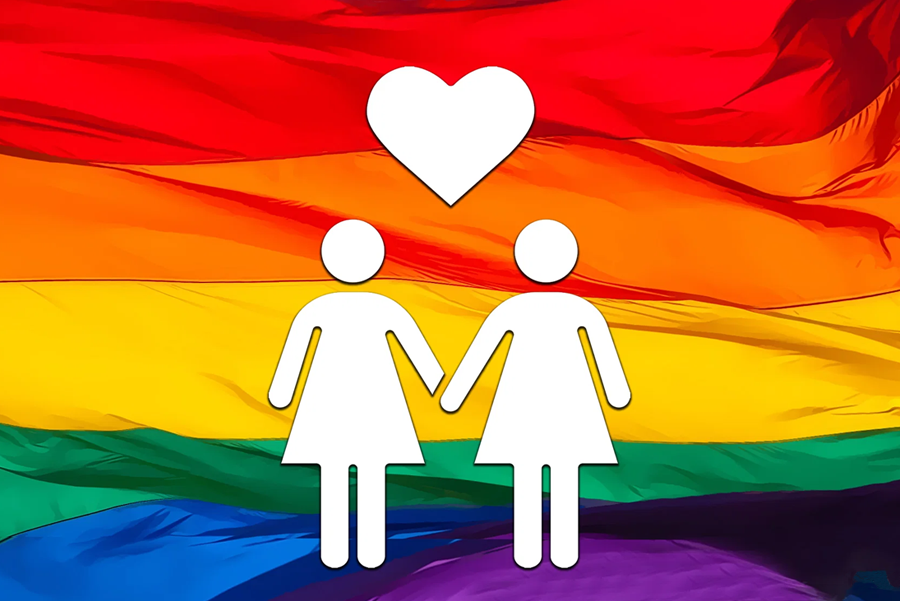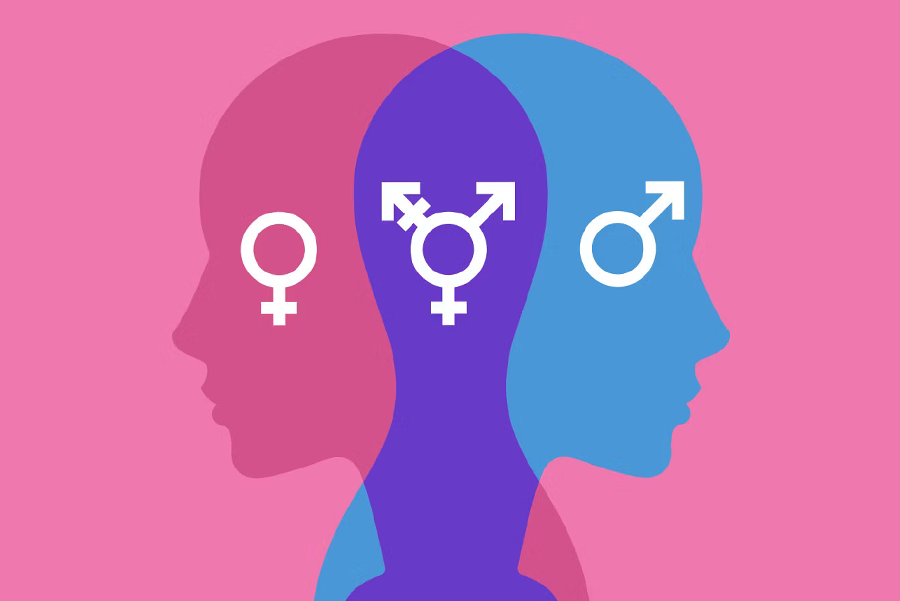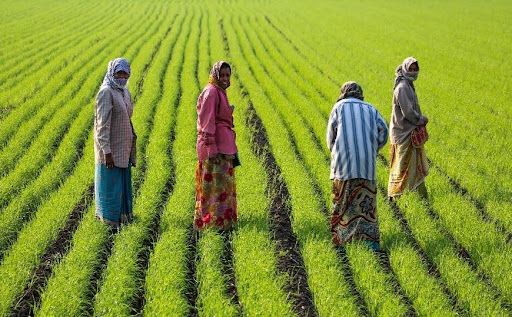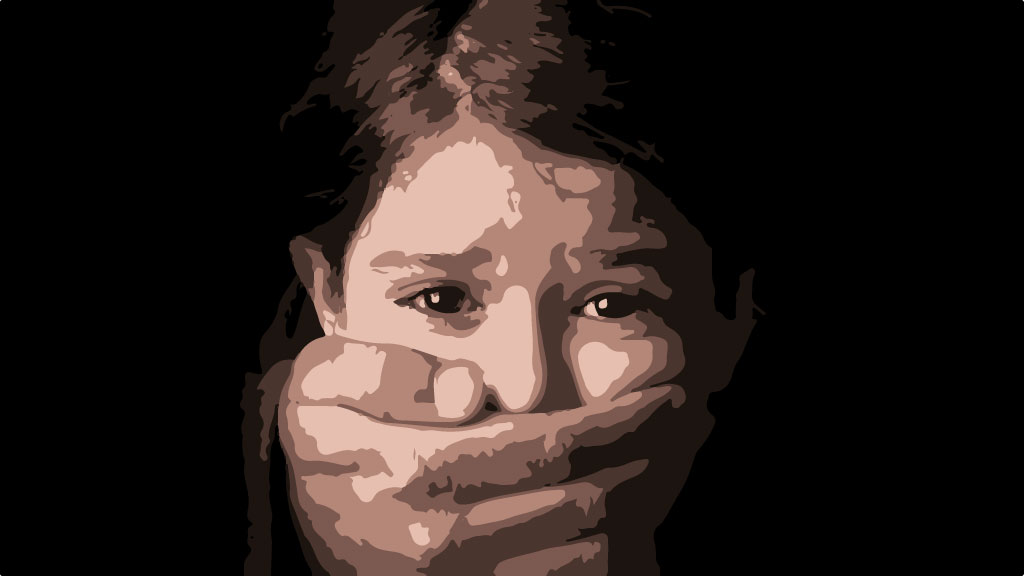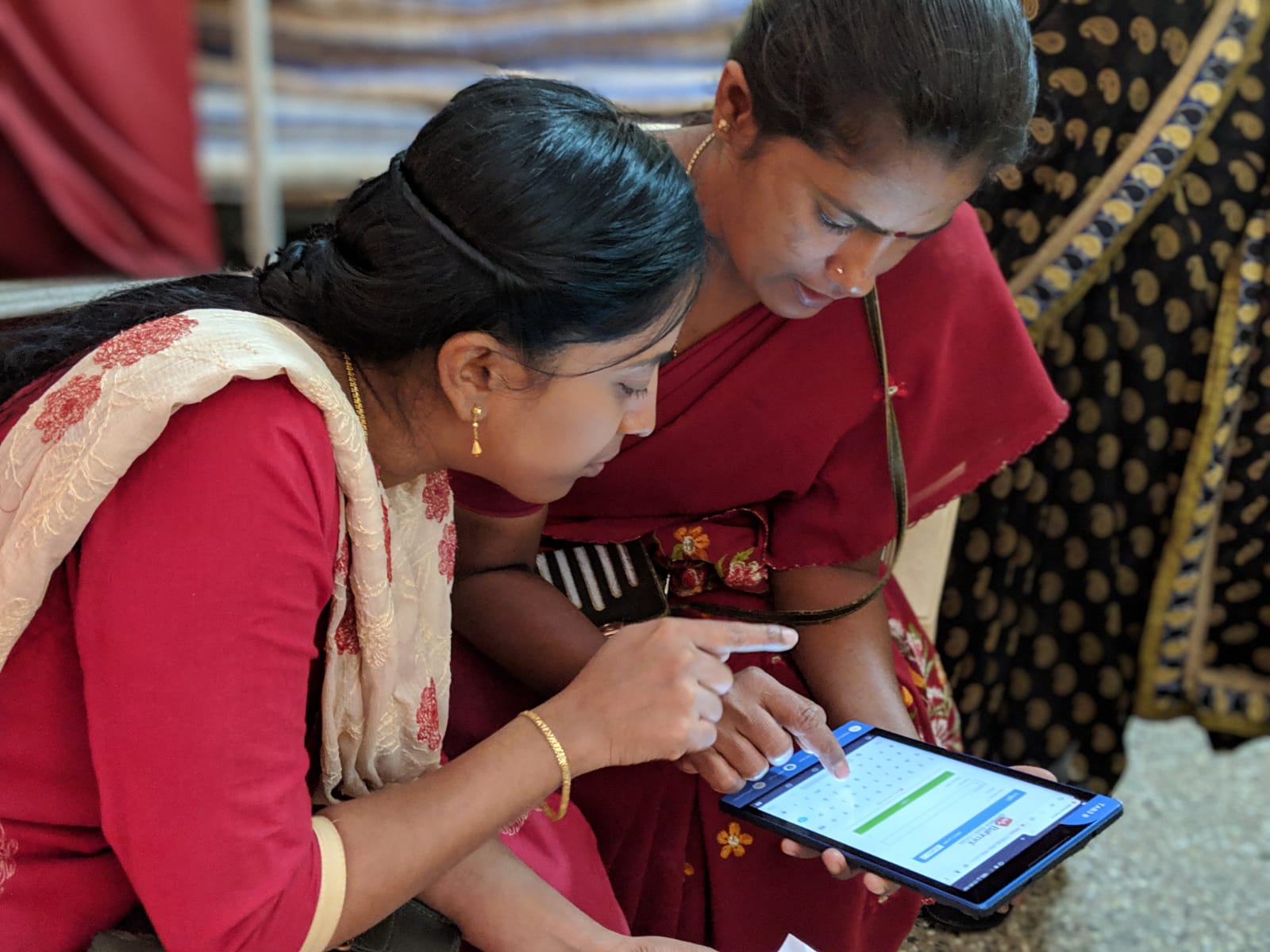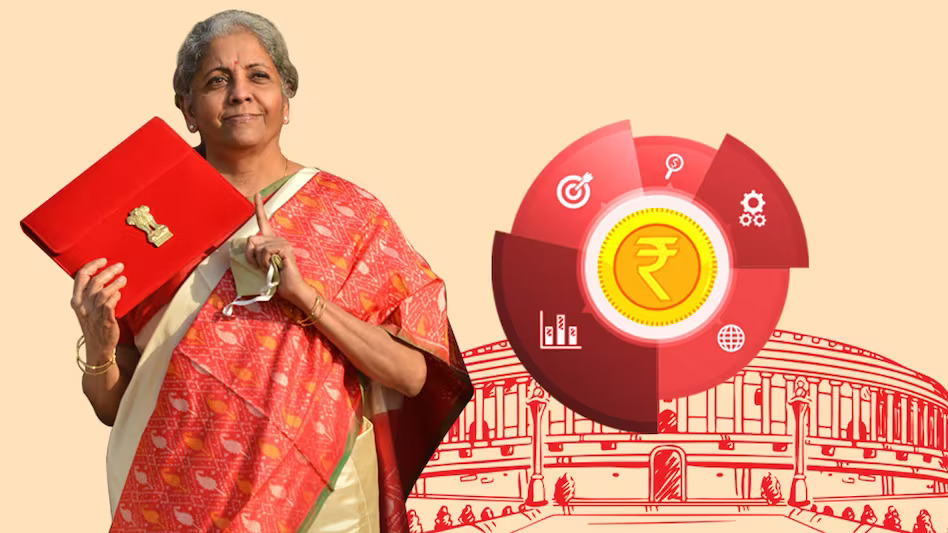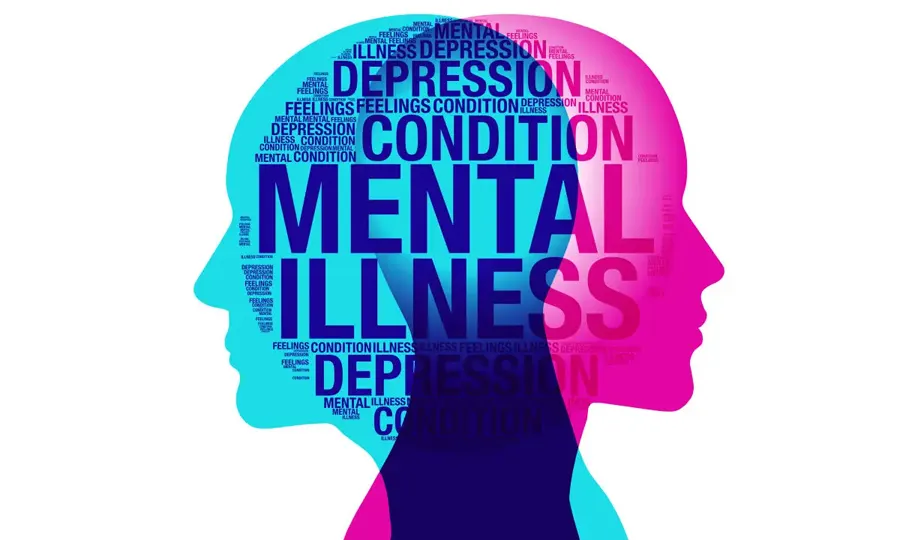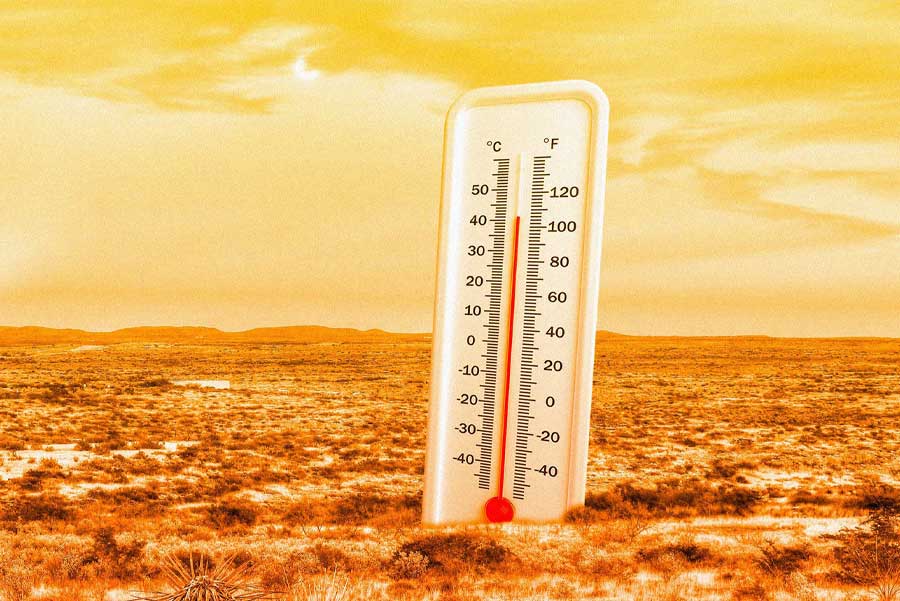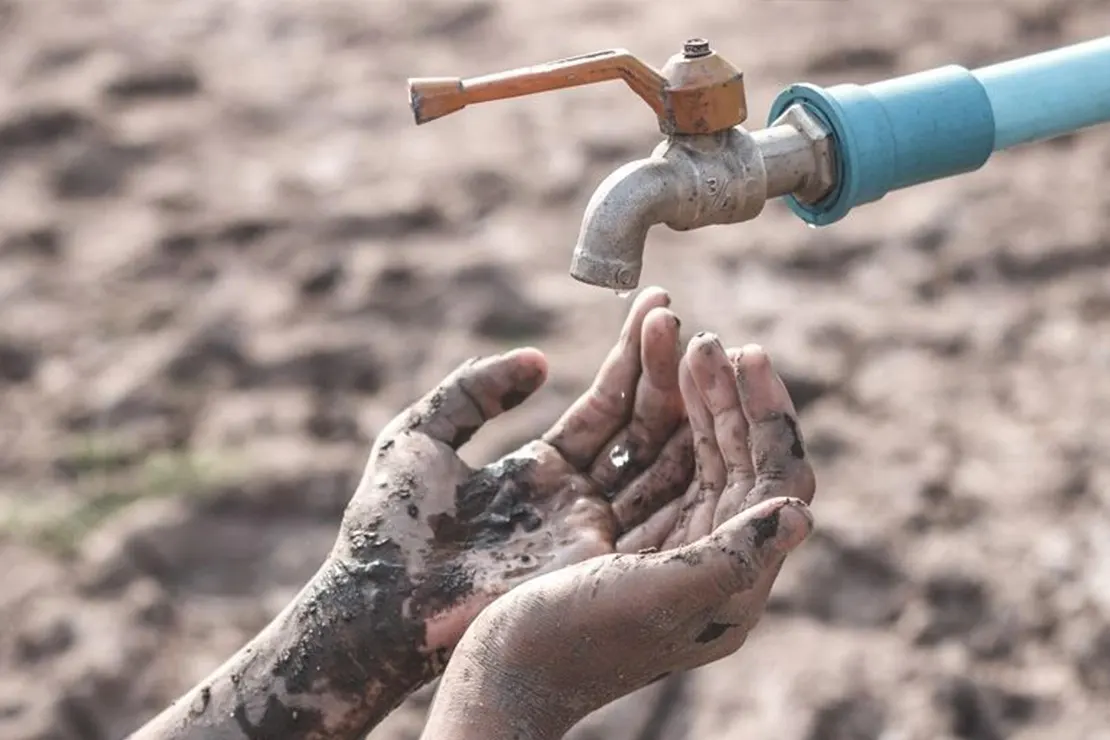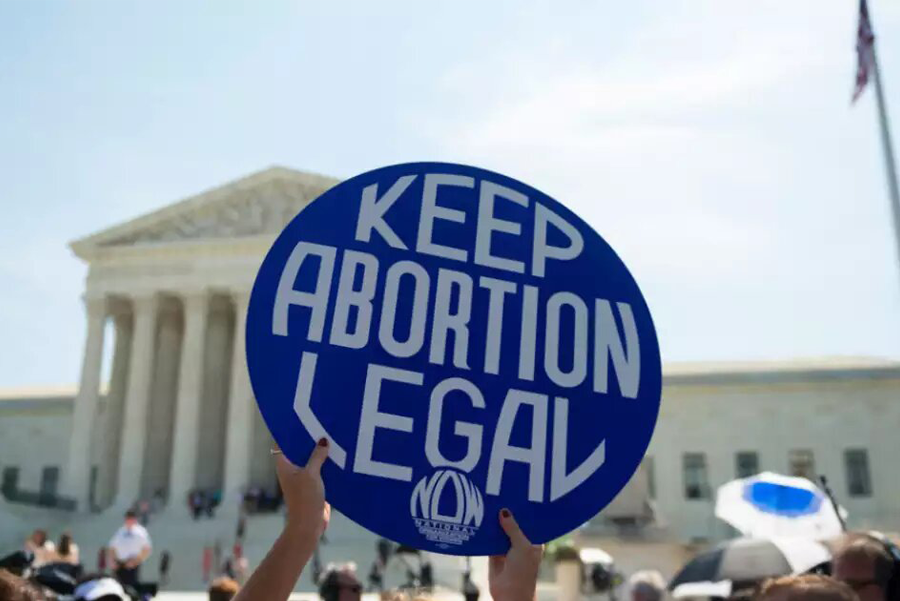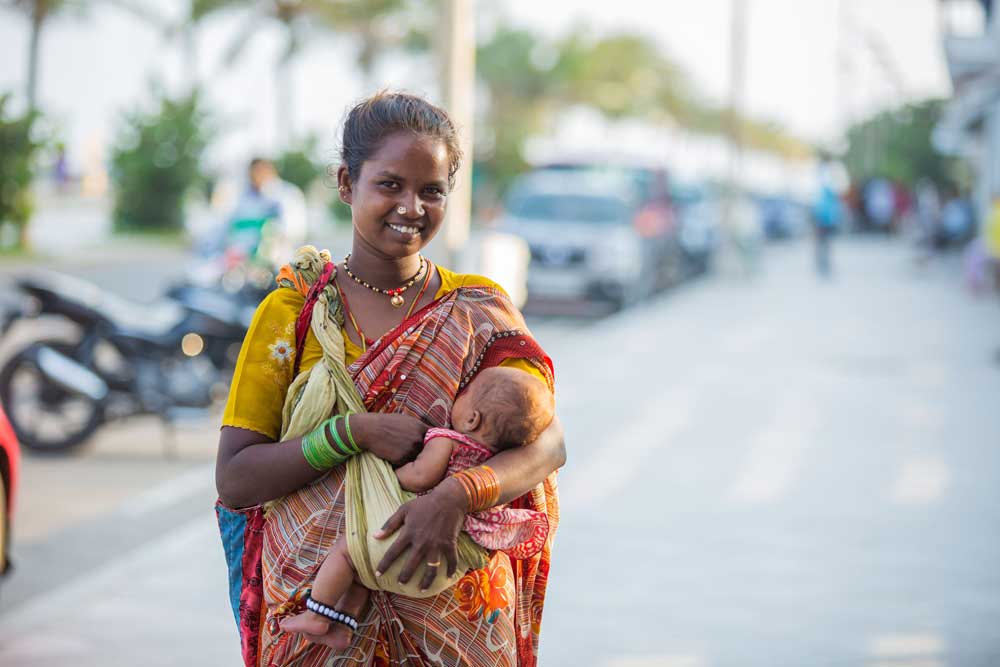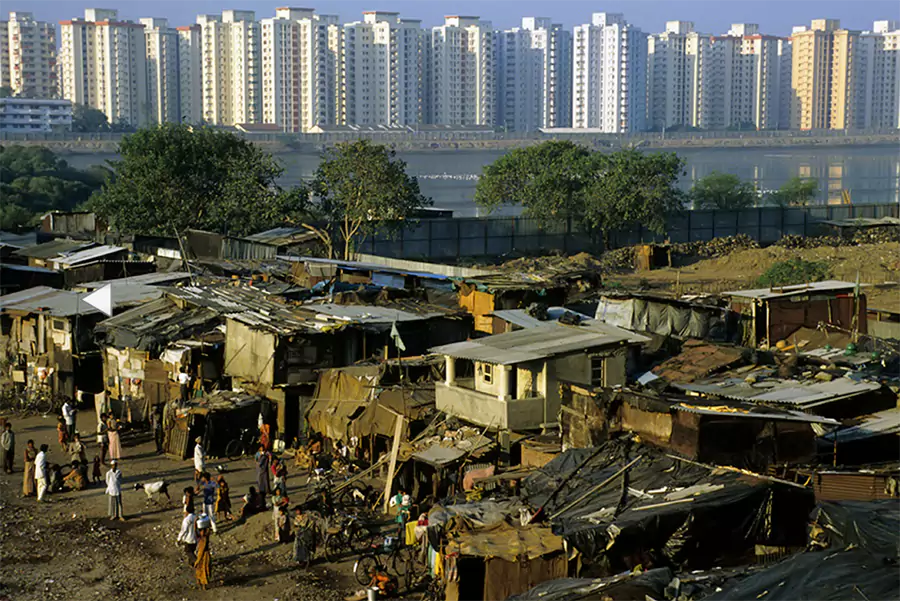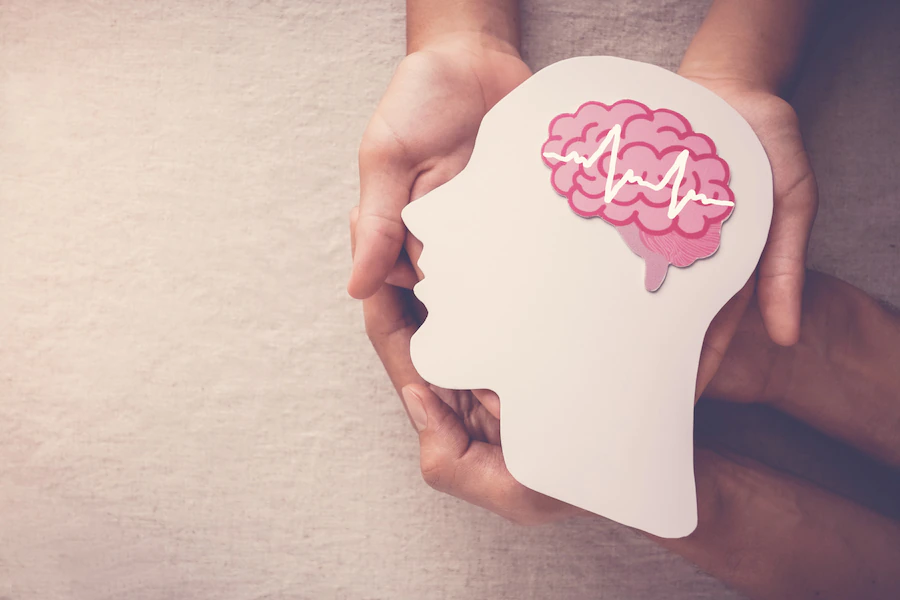For the longest time, our society has lived in a rigid binary world of men and women and girls and boys. Today, slowly but surely the world is understanding that gender is evolving.
My introduction to this colourful world of gender took place when I started working with a CBO who worked for the LGBTQ+ rights-The Humsafar Trust (HST). In the two years that I worked with them, my perspectives of gender and sexuality evolved to another world where acceptability was obvious, rights were availed, and all the colours of the rainbowlike identities were blended to make a beautiful sky. While working at HST, I interacted with people belonging to the LGBTQ+ community, especially transgender individuals. I learnt that gender is a spectrum, and within, there are people who identify as transgender – individuals whose gender identity is different from the sex assigned at birth . The feeling of non-alignment between the gender and sex assigned at birth is termed as “Gender Dysphoria”. However, it is not necessary that every trans individual experiences this. There is more than one way to learn that your gender expression/identity does not match with the sex assigned at birth. An individual may love wearing a dress, a tuxedo as well as gender neutral clothes while identifying with “he” or/and “she” pronouns. While interacting with them I learnt about their struggles with acceptance in the outside rigid world and within themselves, discriminations faced by them daily and injustices towards their rights.
Legal acceptance/recognition of transgender people in India
Up until 2009, there were no specific laws or policies that recognized transgender people and protected their rights. The first concrete step taken by the Indian government was in 2009, when the Indian election Commission included “other” under gender in their ballot forms. This was specifically done for the eunuchs/transsexuals who did not identify with either of the binaries. While the community was fighting for its rights and identity, a landmark decision was taken by the Supreme Court in 2014 by Justice KS Radhakrishnan (NALSA judgement), affirming transgender people’s right to self-identification as male, female or transgender and inclusion in equal fundamental rights. Adding to this, in 2019, The Transgender Persons (Protection of Rights) Act, was put into effect for safeguarding the rights of the transgender people, ensuring their welfare, accessibility, amongst other basic rights and prohibiting any kind of discrimination.
Violence against transgender people is increasing
Globally, discrimination and violence against transgender people has been increasing. 2021 was known to be the deadliest with a record breaking 375 transgender individuals being killed, and in India too, there have been instances of abuse and violence. In January 2022, while working at HST, as a Bengali, I was once asked to translate an incident in Tripura for a group of four transwomen friends, who were harassed. The police humiliated, starved, questioned, and forcefully made them strip naked to reveal their “real gender” and were taken to the men’s cell, even after they identified themselves as women. The media was allowed to take pictures and record videos as this unfolded. On their release the next day, they were made to sign undertakings to allow arrests if seen cross dressed in public spaces. I was aghast at this cruelty.
Discrimination is multifaceted and compounded by other factors like caste for instance. Earlier this year, a Dalit transwoman in Tamil Nadu was assaulted by her partner’s family who was from a dominant caste. Being a transgender and Dalit, she was beaten up brutally by the family and left on the road.
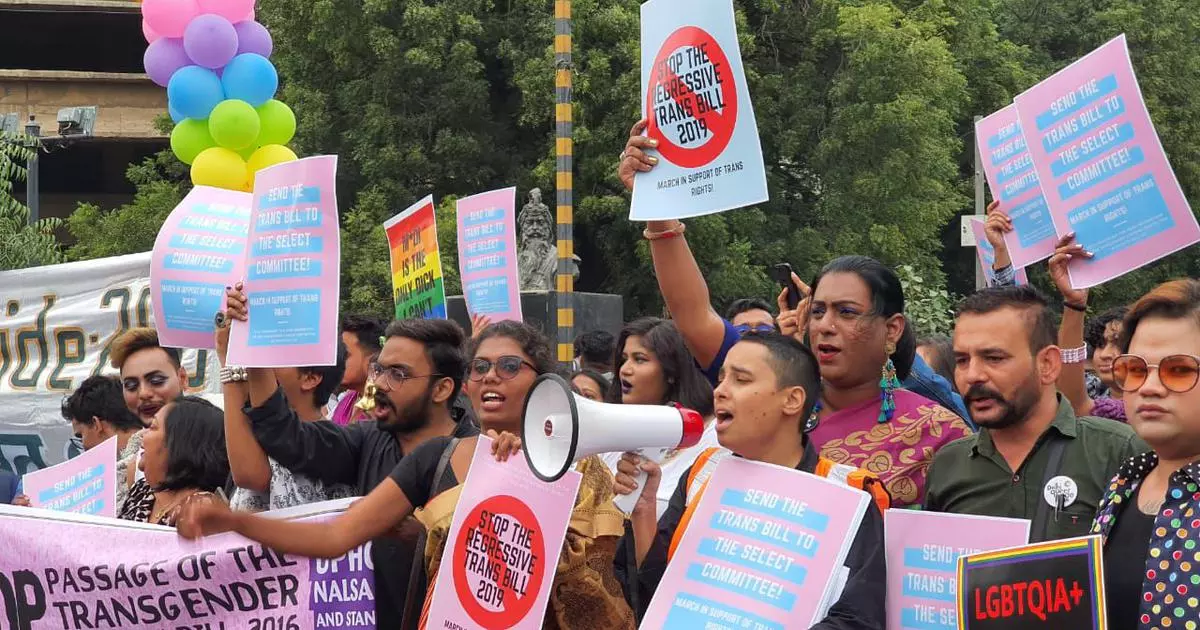
In both these instances, tragically these individuals were stripped off their basic human rights because of their gender identity and caste.
Discrimination in India against trans individuals is rampant which manifests into inaccessibility of basic rights and amenities like education, employment opportunities, healthcare, standard of living, etc. While specifically looking at India’s healthcare sector, the transgender community’s relationship with institutionalized healthcare is fraught with stigma, ill-treatment, misinformation, and infrastructural and financial constraints – resulting in enhanced health risks and vulnerabilities and reduced access to health resources and information. In fact, this phenomenon has been termed as a “slope leading from stigma to sickness”. Over the lunch table, many of my former colleagues expressed their fear of going to a hospital during the pandemic and getting tested for COVID-19 when symptomatic. I personally have gotten tested a total number of 13 times and not once has the possibility of being looked at differently crossed my mind. Many also expressed their desire to undergo gender affirmative medical interventions , but the fear of discrimination and neglect was so overpowering that they decide against it.
A person with gender dysphoria, who feel trapped and claustrophobic in their own body, may decide to opt for gender affirming medical interventions. However, this is a personal choice. I also learnt that access to various medical options for trans people is rife with barriers, which include:
Lack of Accountability
Due to the lack of standardised guidelines, transgender persons are in the hands of medical officials, who are merely experimenting on them with zero accountability. This often results in multiple post-operative complications and long-term effects as explained by a former co-worker, who is a transwoman and had undergone gender-affirming surgery in 2008: “It has been 12 years, yet till this day I have various side effects which include bleeding, foul smell, and extreme pain. I go to the hospital every week to get my injections to the bleeding and I have absolutely no control over my bladder. As a 32-year-old, I wear diapers so I don’t embarrass myself in front of strangers”.
There are vast limitations in knowledge and expertise among healthcare providers about gender transition services, as said by a plastic surgeon in Delhi – “There is nothing in our medical curriculum that talks about gender reassignment surgery. We don’t have any Indian SRS guideline or any regulatory body”.
High cost
According to a 2017 NHRC survey, approximately 57% of trans persons were keen on undergoing gender affirming surgeries and interventions but were not able to access them due to financial constraints. A former colleague had undergone 5 surgeries, amounting to a pompous INR 22 lakh. What was more shocking was that these 5 surgeries were not all gender affirming, few were to correct previous mistakes. The emotional and physical trauma that she would have gone through is unimaginable. To tackle the high cost, Ayushman Bharat Yojana (PM-JAY), in 2022, extended benefits of healthcare insurance for gender reaffirming interventions under their SMILE (Support for Marginalised Individuals for Livelihood and Enterprise) scheme in specific health facilities and hospitals. However, under the SMILE scheme, the benefits are being offered to only those registered under the National Portal for Transgender Persons with the Ministry of Social Justice and Empowerment. According to a report by IndiaSpend in June 2022, around 22% of the applications are pending and 13% have been rejected. The Transgender Persons (Protection of Rights) Act, 2019 emphasizes on self-identification, hence asking for a gender certificate is in violation of the right, creating unnecessary hindrances to universal access to healthcare, forcing them in choosing private hospitals or clinics and paying a hefty amount.
Lack of Awareness and Prioritization
Lack of understanding of gender and its impact on an individual’s psycho-social health and development, results in most doctors as well as the government not prioritising gender-affirming medical procedures. Though many government hospitals offer this surgery for free, they fail to offer a sensitive approach to the process. Priority is given to cancer patients or patients dealing with any other life-threatening diseases. People with gender incongruence were six times more likely to visit a doctor for mood and anxiety disorders than the general population. The data also shows that people with gender dysphoria were three times more likely to be prescribed antidepressants, and six times more likely to be hospitalised for a suicide attempt.
The need of the hour
As highlighted from my work and interactions, bringing about changes in the current norms of gender affirming healthcare services was the need of the hour. Some of these changes could include:
- Integration of gender in medical curriculum:
- Over the years, with much advocacy, there has been some inclusion of gender in the medical curriculum and pedagogy, albeit it has been limited to a binary understanding of gender. Integrating the understanding of gender beyond binaries as an integral part of a person’s being and a crucial determinant of their physical and mental well-being in the medical curriculum will enable holistic assistance in gender affirming medical interventions.
- Adding information about surgical processes and other medical interventions in medical course structure and curriculum to avoid alienation of the concept
- Doctors must also be cognizant of home-based castration processes, known as ‘dai nirvan’, that have a significant impact on health and well-being of transgender persons, as well other socio-cultural rituals. Incorporating such contextual nuances in medical and clinical history enables a more holistic prognosis and treatment course.
- The formation of a gender-affirming panel in hospitals: The said panel could comprise of specialists involved in various medical interventions in the gender-affirming processes (a psychiatrist, endocrinologist, a dermatologist, at least two general surgeons, a gynaecologist) and a legal expert and a community representative. This panel would be sensitized and would work in equal competency with access to equal resources as any other department of a hospital.
- Provision of Barrier-Free, Non-Discriminatory and Free Access to Healthcare: A recurring sensitization of staff at all levels in government and private hospitals (including in the induction program of new recruits) can be conducted. A national price cap could also be fixed for all the gender affirming services provided by the hospitals.
Establishing a standard guideline for gender affirmative care in India
As part of my dissertation, I had recorded (with consent) numerous instances of gender affirming surgeries gone wrong, and the individuals continue to suffer even after years. To avoid this, an establishment and implementation of national guidelines on this issue for quality and equitable provision of healthcare services could be developed in coordination with WPATH’s SOC as well as “Rule 7” of the Transgender Persons (Protection of Rights) Rules, 2020. They can include a definite set of protocols and procedures, to be followed by the provision of a sensitized group of medical officials and staff.
Acceptance of gender being a spectrum is a process which has started but is in a slow paced ascend. Establishing of standard guidelines and policies relating to gender affirmation will be a small step towards building a country where every citizen, irrespective of their gender identity (amongst many other marginalised communities already existing), has equitable access to every right and services making a beautiful rainbow to take pride on.
- Gender identity is the personal sense of one’s own gender
- Sex assigned at birth is a label that you’re given at the time of birth based on medical factors, including your hormones, chromosomes, and genitals
- Both these terms were wrongly used interchangeably at that time.
- Such interventions include surgical (feminizing vaginoplasty, masculinizing phalloplasty, voice surgery, etc.) as well as non-surgical processes (hormone replacement therapy (HRT), psychotherapy, facial hair removal, etc.)
